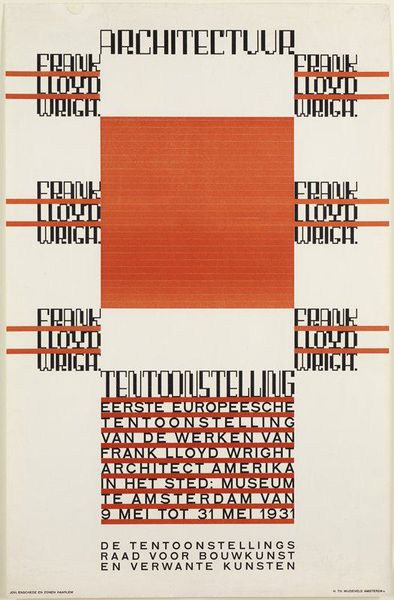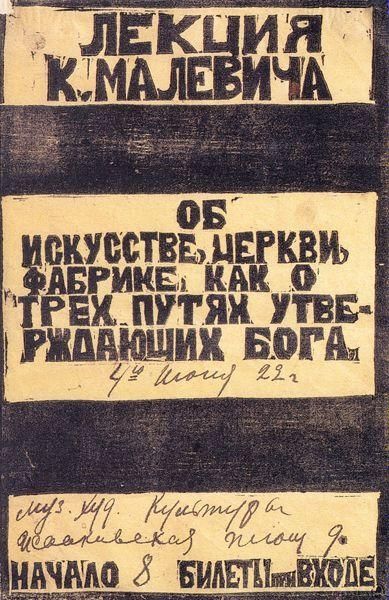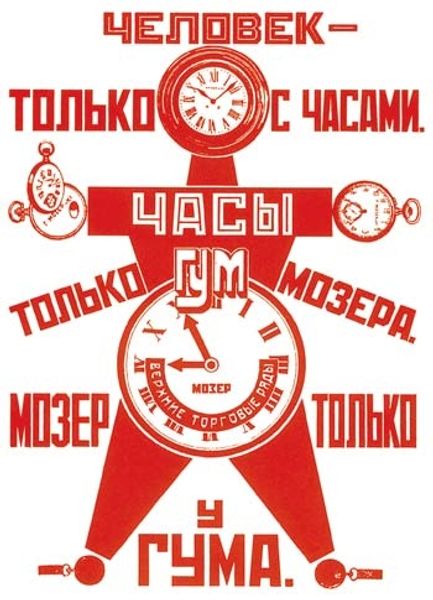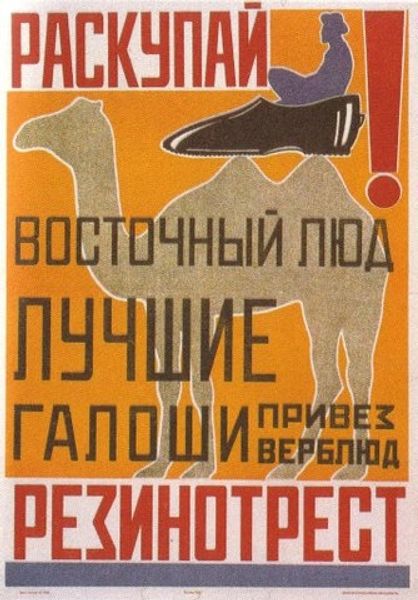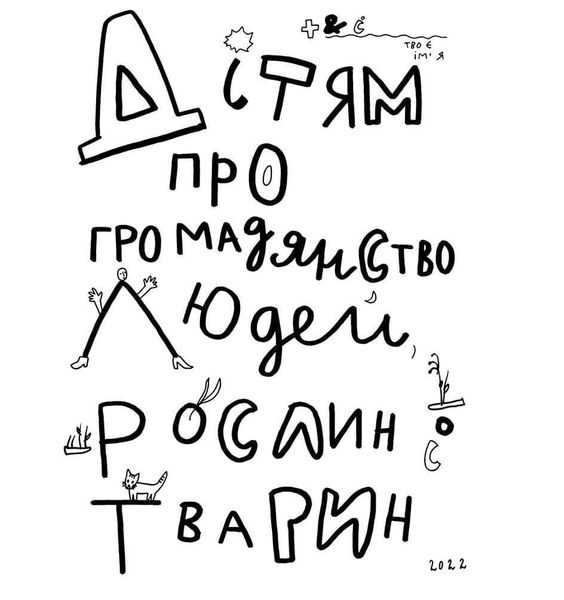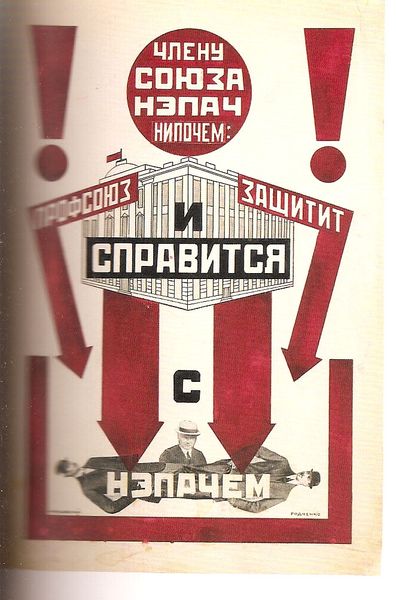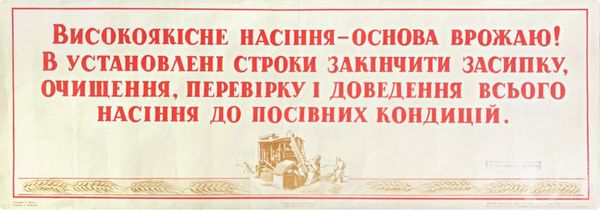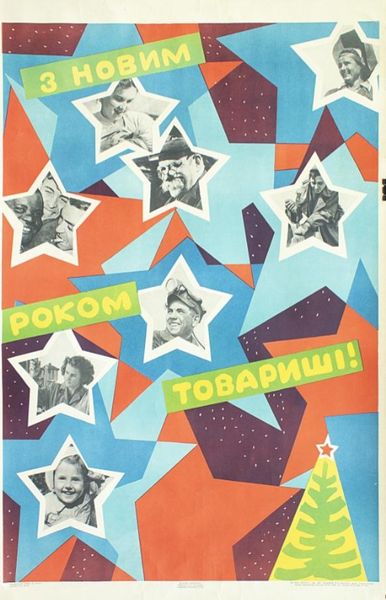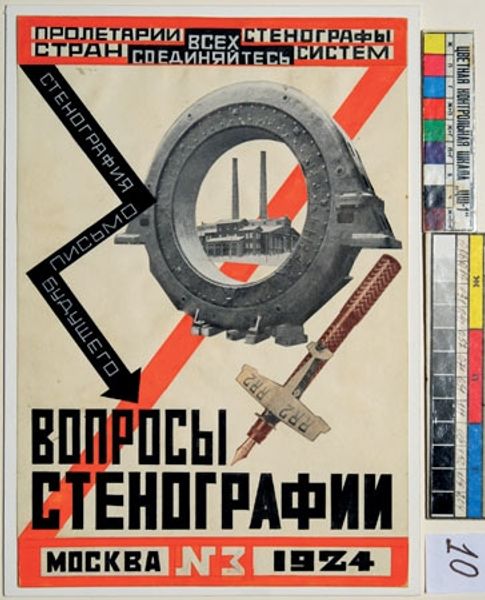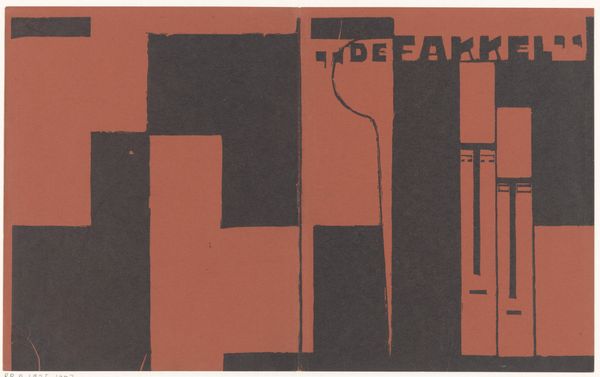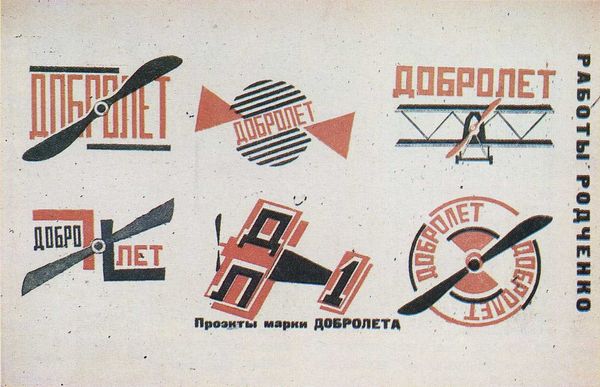
graphic-art, print, typography, poster
#
graphic-art
# print
#
op art
#
constructivism
#
text
#
typography
#
geometric
#
geometric-abstraction
#
russian-avant-garde
#
poster
Copyright: Public domain US
Curator: Looking at "Mayakovsky smiles, laughs, mocks," a 1923 poster by Alexander Rodchenko, I’m immediately struck by the energy, almost aggressive in its simplicity. What do you see? Editor: The layering of text certainly creates a strong visual rhythm. It feels quite direct and punchy in its communication; perhaps the red and green palette adds a subversive undertone to the overall construction. Curator: Indeed. Rodchenko employs a straightforward printing method here, probably a lithograph. Considering the context of the burgeoning Soviet state, the mass production and dissemination of such graphic work speak volumes about art’s changing role within the new political and economic landscape. Editor: Absolutely. It's important to consider that the subject, Vladimir Mayakovsky, was not just a poet but also a prominent figure in the revolution, essentially a brand himself. This print shows an interplay between art, politics, and emerging forms of celebrity endorsement. Curator: It highlights a shift toward functionality and mass appeal in art. Away from ornate decoration and towards industrial materials and graphic forms, mirroring the push towards socialist ideals of collective experience and efficient design. Editor: Right. The constructivist movement aimed to revolutionize artistic production by blurring the lines between art and life, emphasizing practical application. I think here that emphasis comes across; these bold colors, stripped down forms were meant to communicate very plainly. Curator: The red and green bars really make the message very hard to miss! In many ways, by focusing on the immediate material impact and dissemination of Rodchenko’s poster, we begin to appreciate its revolutionary purpose and its contribution to the shifting dynamics of power. Editor: It's interesting to see how graphic design and typography could become vehicles for cultural change. Today, "Mayakovsky smiles, laughs, mocks" encourages us to reflect on the role and effect of visual communication within societies—a bold and rather complicated figure made accessible to the public eye. Curator: Thinking about Rodchenko's work through a materials-focused lens definitely helps understand the artistic drive of the era, making visible the intersections of labor and aesthetic expression. Editor: Exactly. Placing it in its time and sociopolitical context brings richer insights, letting us appreciate how historical and contemporary elements come together in shaping how we understand art today.
Comments
No comments
Be the first to comment and join the conversation on the ultimate creative platform.
